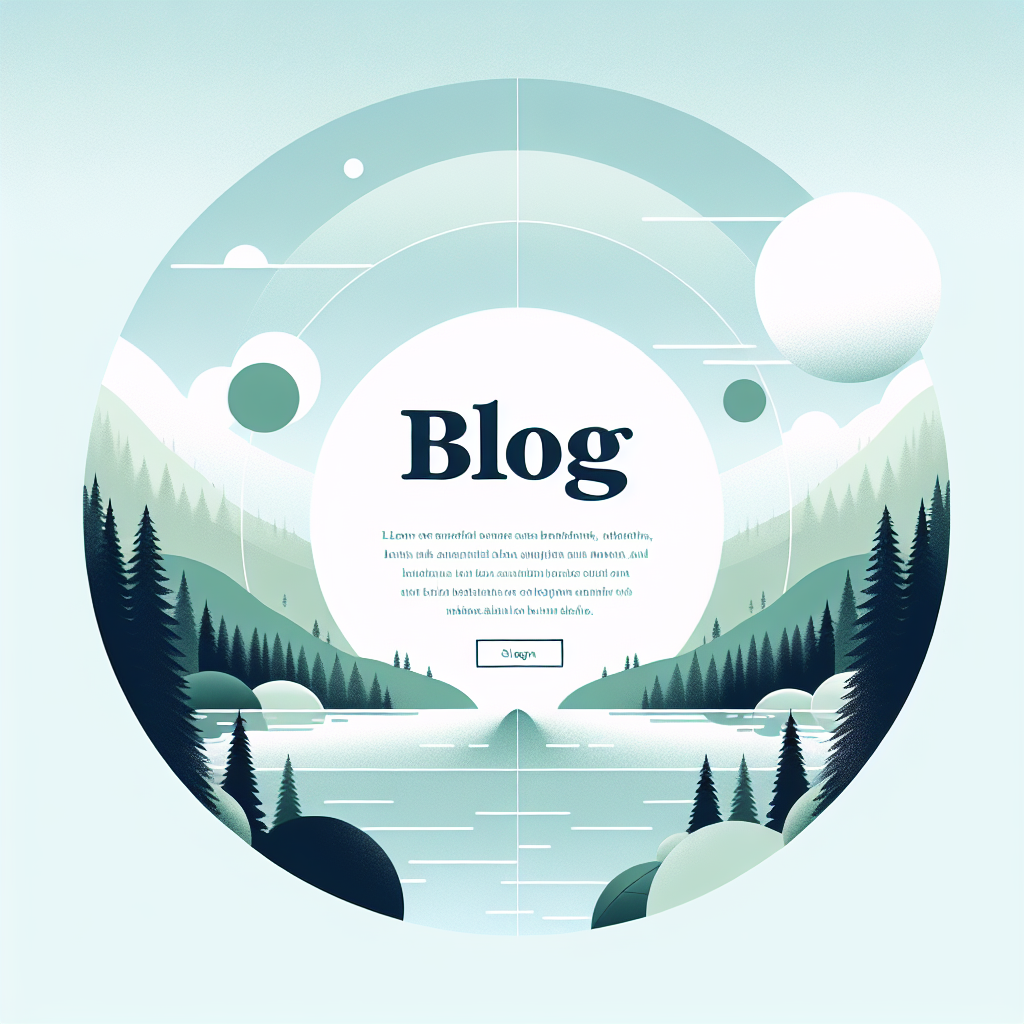
In 2025, web design is more crucial than ever. With the increasing use of mobile devices and varying screen sizes, ensuring that your website adapts seamlessly to different environments is essential. In this blog, we will explore the innovative trends shaping responsive web design this year.
Fluid grids are becoming a standard practice in modern web design. Unlike fixed layouts, fluid grids allow elements to resize proportionally, ensuring that users have a consistent experience across devices.
“Fluid grids provide flexibility and scalability, which are essential for accessibility and usability.”
The mobile-first approach continues to gain traction. Start designing for the smallest screens first before progressively enhancing for larger devices. This ensures that mobile users receive the best experience possible.
Artificial Intelligence (AI) plays a pivotal role in personalizing web experiences. Today, AI tools can predict user behavior and preferences, allowing designers to create more tailored solutions. Some effective applications include:
As voice search becomes more prevalent, web designers must account for this in their designs. Incorporating voice UI elements allows users to navigate sites effortlessly and helps improve SEO rankings.
The future of responsive web design is bright, driven by innovation and user-centric practices. By adopting these trends, businesses can ensure they meet the needs of diverse audiences while staying ahead of the competition.
Call-to-Action: Looking to elevate your web design? Contact us today for a consultation and embrace the future of responsive design!

